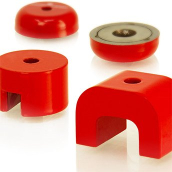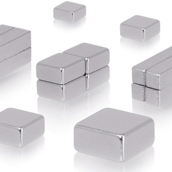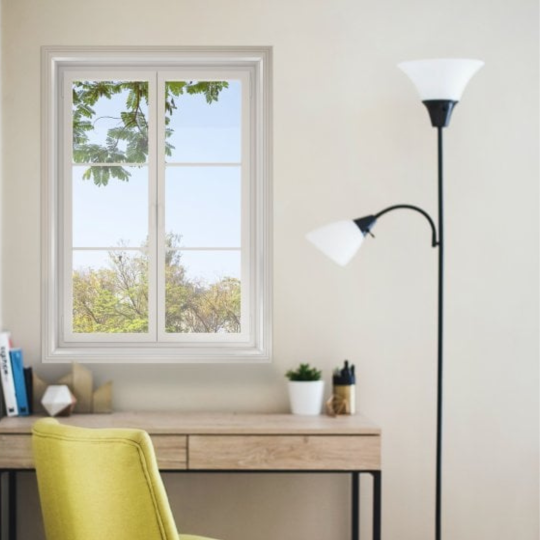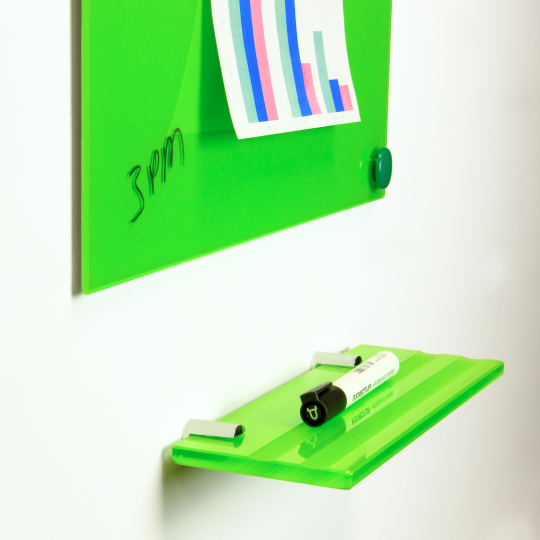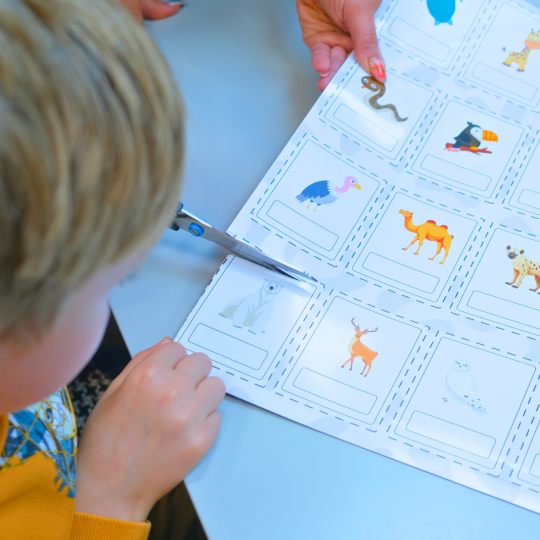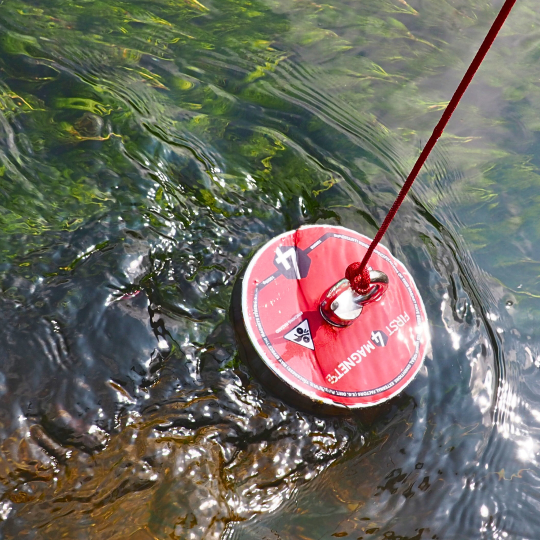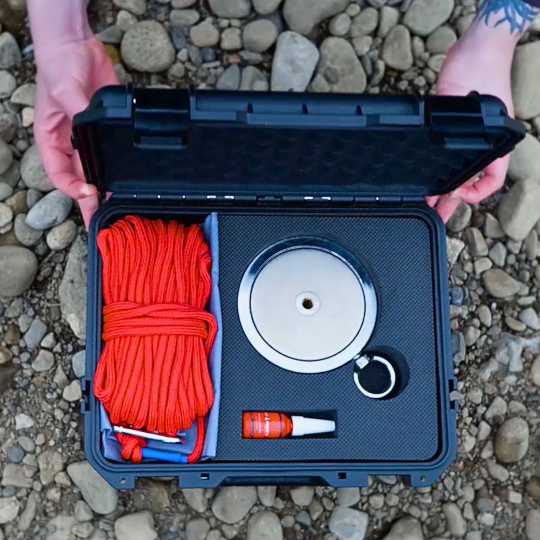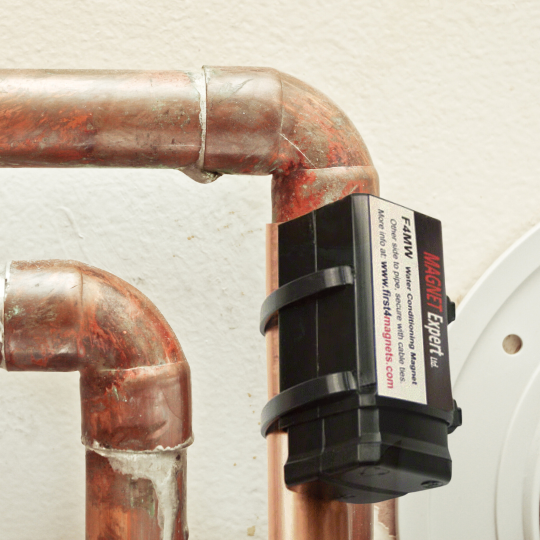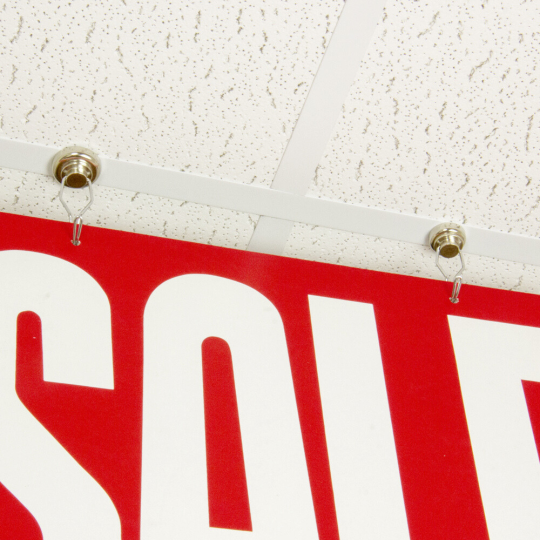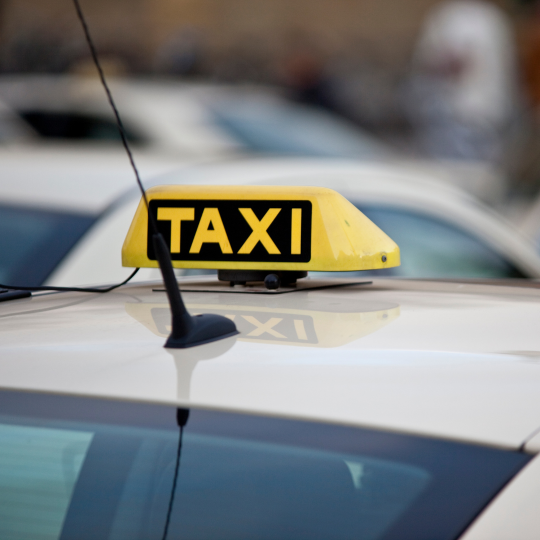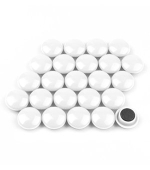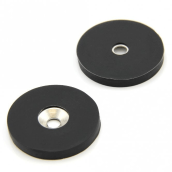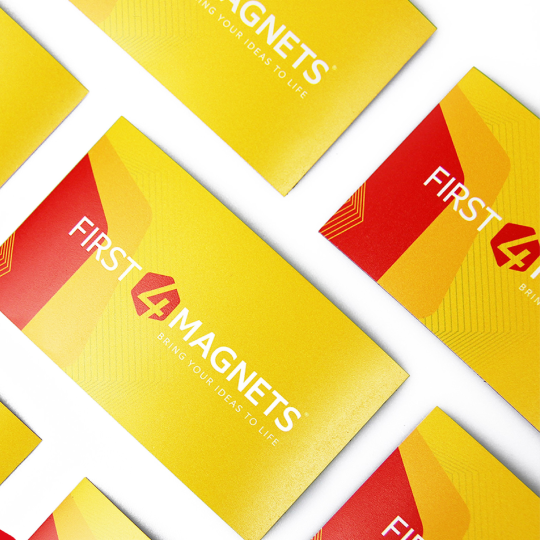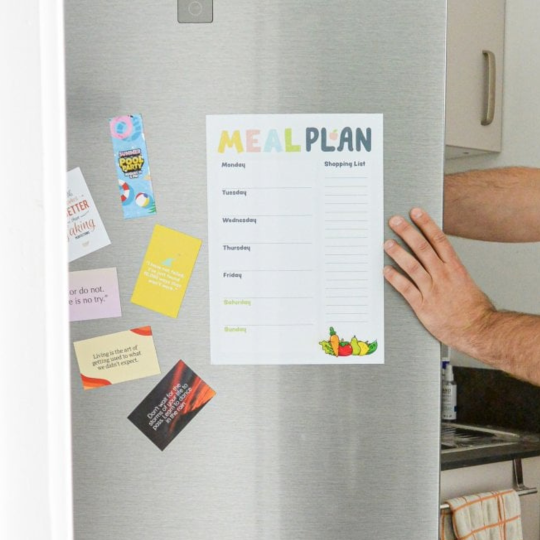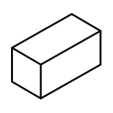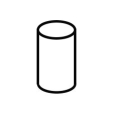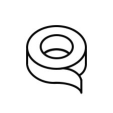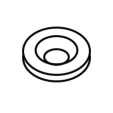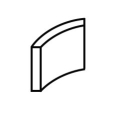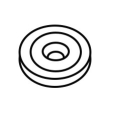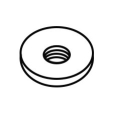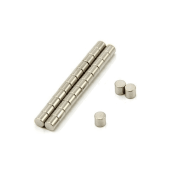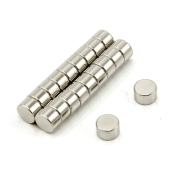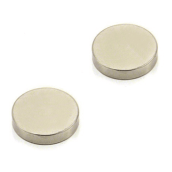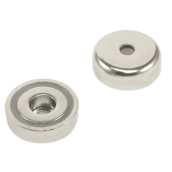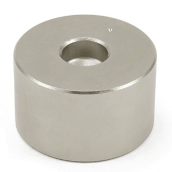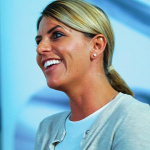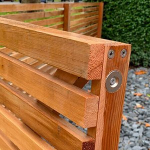Permanent Magnets

Permanent Magnets
Introduction | Types | How Do They Work | Strength | Properties | Orientation | Applications
Permanent magnets are vital for many modern everyday appliances. You are never far from a permanent magnet, you are likely to have one in front of you right now, or if you are reading this article on a smartphone, you might even have one in your hand!

INTRODUCTION
There are two main different types of magnets are, permanent magnets and electromagnets.
A permanent magnet is called a permanent magnet because its magnetism is ‘always on’, it generates its own persistent magnetic field unlike an electromagnet which is made from a coil of wire wrapped around a ferrous core and requires an electric current to generate a magnetic field.
An electromagnet’s magnetism can be controlled and turned off and on at the flick of a switch as the magnetism depends on a constant flow of electricity.
In addition to permanent magnets and electromagnets there are temporary magnets. Some metals are defined as ferromagnetic, this means that they exhibit their own magnetic properties and are defined as magnetically ‘soft’ materials.
Permanent (hard) magnets and temporary (soft) magnets are both ferromagnetic but temporary magnets only display noticeable magnetic properties when influenced by a permanent magnet and tend to not stay magnetised.
Magnetically soft materials such as steel conduct magnetism when attached to a magnet but this ceases when the magnet is removed.
PERMANENT MAGNET TYPES
You might ask, what makes a good permanent magnet? The answer isn’t always straightforward as it depends on what the permanent magnet is going to be used for.
There are several types of permanent magnets, each manufactured differently from different materials with different properties. The five types of permanent magnets are alnico, samarium cobalt, ferrite, flexible rubber, and the strongest permanent magnets, neodymium magnets.
We won’t go into each of them in depth here but you can compare the attributes of each one by reading this comparing magnetic materials at a glance page. Or, you can follow the links to the right for more information about each type of permanent magnet:

Alnico

Ferrite

Neodymium

Samarium Cobalt
HOW DOES A PERMANENT MAGNET WORK?
How a permanent magnet works is to do with its atomic structure. All ferromagnetic materials produce a naturally occurring, albeit weak, magnetic field created by the electrons that surround the nuclei of their atoms. These groups of atoms can orient themselves in the same direction and each of these groups is known as a single magnetic domain. Like all permanent magnets, each domain has its own north pole and south pole. When a ferromagnetic material is not magnetised its domains point in random directions and their magnetic fields cancel each other out.
To make a permanent magnet, ferromagnetic material is heated at incredibly high temperatures, while exposed to a strong, external magnetic field. This causes the individual magnetic domains within the material to line up with the direction of the external magnetic field to the point when all the domains are aligned and the material reaches its magnetic saturation point. The material is then cooled and the aligned domains are locked in position. This alignment of domains makes the magnet anisotropic. After the external magnetic field is removed hard magnetic materials will keep most of their domains aligned, creating a strong permanent magnet.
PERMANENT MAGNET STRENGTH
There are several measurements that all contribute to a permanent magnet’s strength, which can often seem confusing. Magnetic field strength (remanence), resistance to demagnetisation (coercivity), and pulling force are all often summarised as strength and all are desired attributes of a permanent magnet.
The single primary indicator of a permanent magnet’s strength is its maximum energy product value measured in Mega Gauss Oersteds (MGOe). The higher the maximum energy product value, the greater the magnetic field the magnet will generate in a particular application.
Maximum energy product, also referred to as BHmax is calculated by multiplying a magnet’s remanence (Br) and coercivity (Hc). The strongest magnets in the world are neodymium magnets, which are manufactured in different grades, however, each grade is given a handy name that allows you to instantly judge which magnet is stronger. Commercially available neodymium magnets range from N35 to N52 grade; the number after the letter ‘N’ represents the magnet’s maximum energy product.
A magnet’s individual performance is altered by temperature and some types of magnets perform better at high temperatures than others, such as alnico and samarium cobalt magnets.
All magnets lose a percentage of their magnetism per rise in temperature and the five types of magnetic material lose magnetism at different rates and have different maximum operating temperatures. If the temperature exceeds the maximum operating temperature of the individual grade it will be permanently demagnetised.


PHYSICAL PROPERTIES
Most permanent magnets are inherently brittle and should not be utilised as structural components. Dimensions and tolerances vary from manufacturer to manufacturer but most will produce magnets to the tolerance of +/- 0.1mm for all dimensions quoted.
Permanent magnets are produced in many shapes such as standard rings, bars, and discs plus custom shapes such as trapezoid, arc, mitre, and even the ‘top hat’.
Permanent magnets are often coated to improve their performance. Take neodymium magnets for example, they are the strongest permanent magnets available but they are the most prone to corrosion due to their high iron content, therefore they are virtually always supplied with a coating.
Typical coatings include nickel, stainless steel, PTFE (Teflon), epoxy, rubber, gold, titanium, chrome, and many more.
MAGNETIC ORIENTATION
Permanent magnets can be produced with various magnetic directions. The term ‘magnetic length’ refers to the dimension of a magnet which follows the direction of a magnet’s magnetic axis. A magnet’s magnetic axis is always listed last when referring to a magnet’s physical dimensions. The following diagrams show the types of magnetic direction of permanent magnets.

Orientated through thickness

Orientated through length

Multi-Pole segments on single face

Axially oriented in segments

Axially oriented through thickness

Multi-Pole on outside diameter

Multi-Pole

Diametrically magnetised

Radially magnetised

Oriented through diameter

Oriented through diameter
INDUSTRIAL USES
As permanent magnets are often out of sight it is easy overlook the important role they play in modern life. Without permanent magnets, there would be no electric motors, loudspeakers, computers, hard disc drives, smartphones and many other commercial appliances. They also have a vital role in engineering, power generation, processing and manufacturing.

Common Applications of Neodymium Magnets

Common Applications of Samarium Cobalt Magnets

Common Applications of Ferrite Magnets

Common Applications of Flexible Magnets

